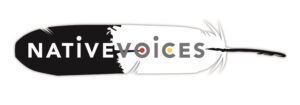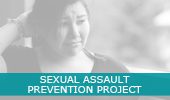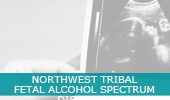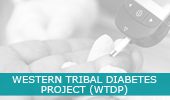In 2014, the NPAIHB partnered with nine tribes across the U.S. to evaluate the effectiveness of the Native VOICES intervention. The sites included schools, youth centers, and tribal centers in Oregon, Minnesota, California, Mississippi, Montana, Arizona, Idaho, and Washington.
The sites were randomized into one of three study arms:
- Arm 1. Fact sheets alone (standard of care)
- Arm 2. Fact sheets plus the Native VOICES video (intervention)
- Arm 3. Fact sheets plus the Native VOICES video plus a facilitated discussion (intervention+)
Together, the sites recruited and consented nearly 800 AI/AN youth 15-24 years old to participate in the study.
Youth who watched the video (n=443 respondents) expressed high levels of satisfaction with the Native VOICES intervention. Over 90% felt the video was culturally appropriate for AI/AN people. Over 75% found it to be entertaining or highly entertaining. And 86% felt the characters, scenes, and situations in the video were realistic. After watching the video, 78% of participants indicated that they were more likely to use condoms, 61% felt more likely to use dental dams, and 82% felt more likely to get tested for STDs/HIV. Statistically significant improvements in sexual health knowledge, attitude, intention, and self-efficacy occurred across all three study arms, many of which were retained 6 months later.
To quantify the impact of the Native VOICES intervention on risk and protective behavior, additional analyses are now underway to correct for differences in baseline knowledge, attitude, and intention that were present between the three study arms.















